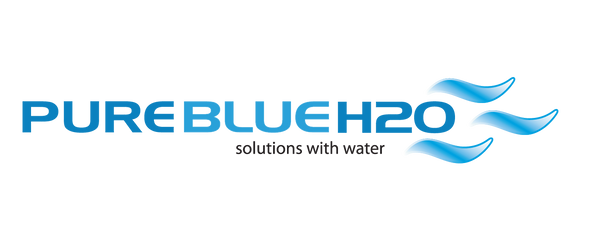There are a lot of different types of water filtration systems out there, and many of them are specifically built to target all different types of water issues and contaminants. So, when it comes to picking a water filtration system that is perfect for your lifestyle, home and family you also want to make sure you are picking the right system for your water. In this article we will give you a in depth look into how reverse osmosis water filtration systems work.
One of the best types of water filtration systems available for your home is the reverse osmosis water filtration system because of its great ability to guarantee you clean, contaminant-free water for every aspect of your daily water needs. But, you may be asking yourself how exactly do these types of systems work? Here is a little breakdown of how these types of water filtration systems leave your home’s water better than ever.
How Does Reverse Osmosis Work?
In the absolute simplest terms, a reverse osmosis water filtration system removes a very high percentage of contaminants from unfiltered water (also known as feed water). It does this by having pressure force the feed water through a membrane, as it flows through this semipermeable membrane, the water moves from a highly contaminated side of the membrane through towards a side with much fewer contaminants, leaving you with much cleaner, fresh drinking water. This fresh drinkable water left over after the process is called permeate, and the concentrated water left behind is known as the brine. However, how it removes these contaminants needs a little more detail to explain.
How The Membrane Works
The semipermeable membrane allows water molecules to flow through it because it has a lot of very small pores that are built to allow the water to flow through while blocking out the majority of contaminants.
What Is Reverse Osmosis?
During the normal process of osmosis, the water that flows through a membrane will become more concentrated so that it can gain equilibrium on either side of the membrane. However, with reverse osmosis, the membrane in place - as mentioned - blocks contaminants, leaving the water. Reverse osmosis systems will ensure the clean water will flow over from the more concentrated side removing the contaminants. The water that is leftover in the system is called brine.
The membrane is an essential part of the reverse osmosis system. It contains small pores that will block out contaminants and make it easier for water molecules to flow through the system. Water becomes concentrated passing through the system and pressure ensures that only clean water will flow through the membrane.
The Stages
The stages of RO membranes are broken up into several forms of filtration. Every reverse osmosis system comes with a carbon filter as well as a sediment filter and the membrane. The filter is put into place in a prefilter and post filter format and as pressure passes through each filter, we can remove sediment, carbon, and then have the membrane remove 98% of the total dissolved fluids from the water as well.
As water enters into the system it continues through prefiltration and this includes the sediment and carbon filter doing the work of a traditional filtration system. After the filtration stage, water flows through storage tanks, and the storage tank fills and shuts. Turning on your faucet water will come out of your storage tank with a post-filter polish which makes it ready for you to enjoy! Contact us today for more information or to purchase a reverse osmosis water filtration systems.

